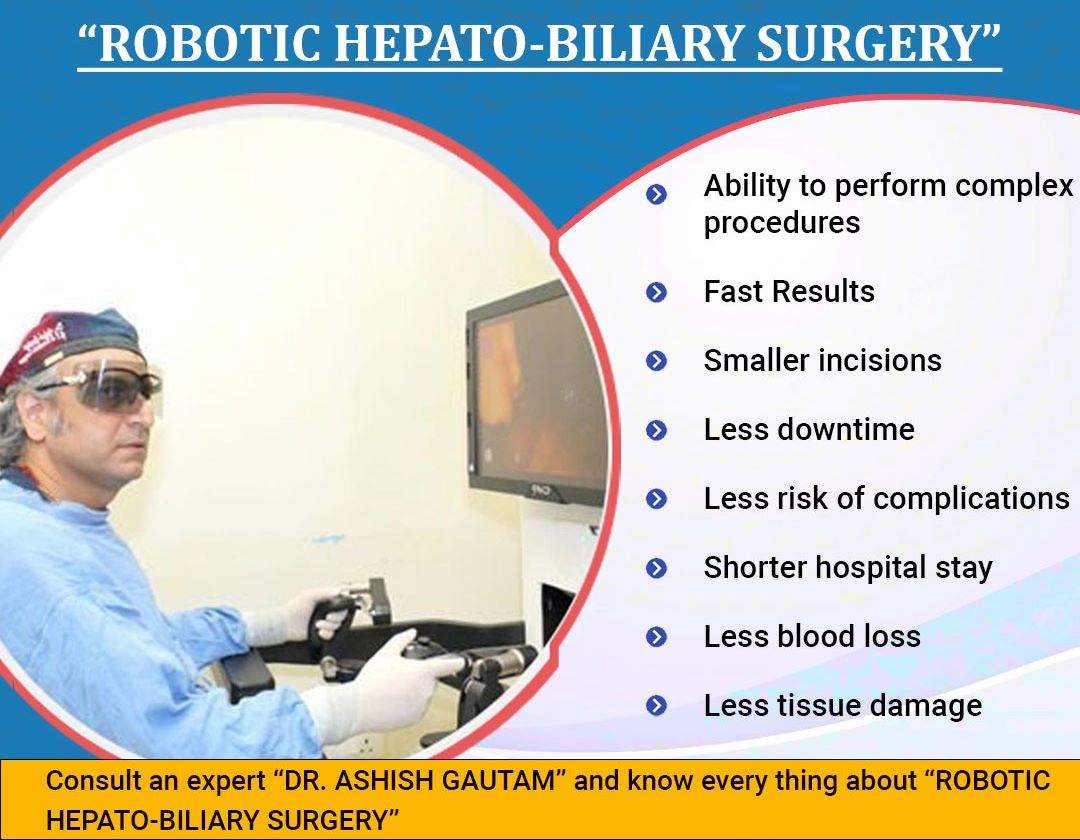Robotic Weight Loss Surgery
Bariatric surgery is as safe as having your gallbladder or appendix removed, and it helps reverse or reduce the risk of many health problems related to obesity, such as Type 2 diabetes, heart disease, hypertension, high cholesterol, and obstructive sleep apnea. It may also reduce your risk of developing certain types of cancer.
How is robotic weight loss surgery performed?
Robotic weight loss surgery is performed using the da Vinci Robotic Surgery System. The da Vinci robot is a surgical assistance tool that enables bariatric surgeons to perform weight loss surgery using computer-guided, magnified, 3-D visualization.
A surgeon will maneuver the robot through small incisions in the patient's abdomen. Using four robotic arms, the surgeon will make movements and the robot will translate the movement into ultra-precise movements inside your body.
Who is a candidate for robotic weight loss surgery?
Patients who are severely obese may be candidates for robotic surgery. Severely obese is considered anyone with a Body Mass Index of greater than 40. This translates to someone who is more than 100 pounds overweight.
You may also be a candidate if you have a BMI over 35 in combination with medical conditions such as diabetes or high blood pressure.
The increased visualization that the robotic system offers gives the surgeon more control over movements for the severely obese patient.
Robotic bariatric surgery is good news for those battling life-threatening obesity and living with diabetes. A widely resorted to surgery in the developed nations, robotic bariatric surgery is now promising to reduce ‘accumulated fat’ and may even help those with diabetes to go off insulin.
Keys to long-term success of robotic weight loss surgery
It is important to commit yourself to a healthier lifestyle after any weight loss surgery. Keys to success after robotic weight loss surgery include:
- Eat three balanced meals each day - avoid snacking
- Drink plenty of water throughout the day
- Eat protein with every meal, preferably first - you will eat less food if you eat protein first
- Exercise regularly


